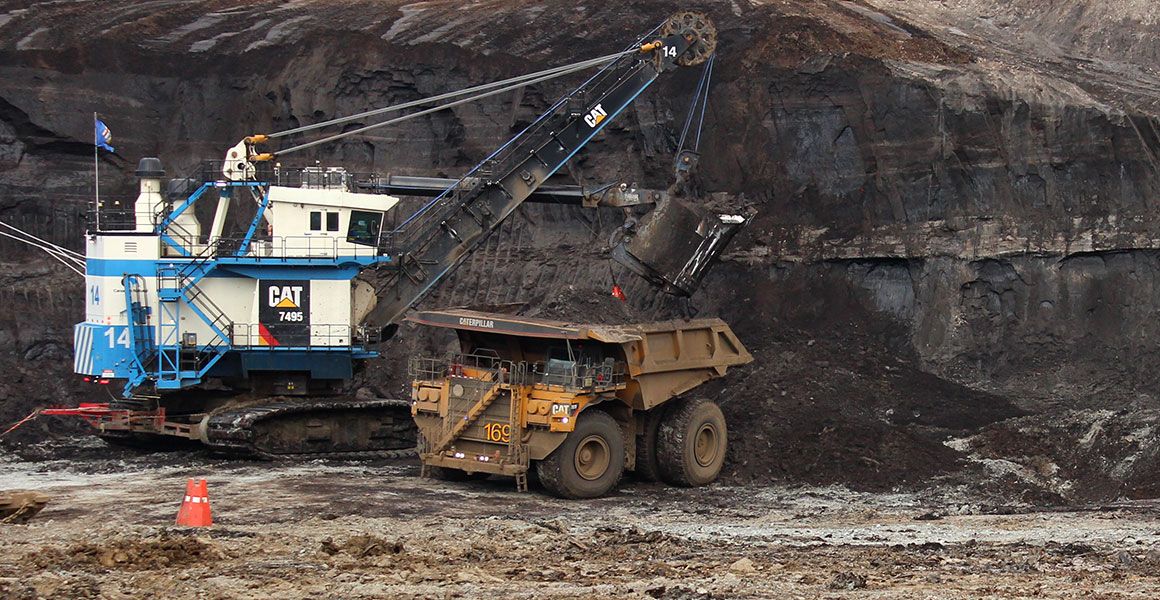Chevron Canada Offloads Interest in Athabasca Oil Sands Project, Duvernay Shale
Operated and non-operated interests in the Athabasca Oil Sands Project (AOSP) and Duvernay shale will be sold to Canadian Natural Resources in a $6.5 billion all-cash transaction.
Chevron Canada, an indirect subsidiary of Chevron Corp., and a related entity signed a definitive agreement to sell their 20% non-operated interest in the Athabasca Oil Sands Project (AOSP), 70% operated interest in the Duvernay shale, and related interests to Canadian Natural Resources. The $6.5 billion all-cash transaction had an effective date of September 1, 2024, and is slated to close in Q4 2024, subject to regulatory approvals and customary closing conditions.
These assets contributed 84,000 boe/d of production for Chevron in 2023, and the transaction accelerates the company’s plan to divest $10-15 billion in assets by 2028 to optimize its global energy portfolio. These interests are entirely located in Alberta, Canada.
The AOSP contains oil sands ore: a naturally occurring mixture containing sand, water, clay, and bitumen, which is a viscous form of crude oil. At the Albian Sands mining and extraction operations, oil sands ore is surface-mined from two locations—the Muskeg River and Jackpine mines. Bitumen is separated from the ore and mixed with diluent, allowing the viscous crude oil to be transported via pipeline to the Scotford Upgrader near Edmonton, Alberta.
Oil sands mine excavator; Image Credits: Chevron Canada

Following transportation to the Scotford Upgrader, diluent is separated from bitumen and returned to the mine; bitumen is then upgraded into synthetic oils using hydroprocessing technology. The synthetic oil is transported to Canadian and global markets.
The Duvernay shale, located in the Kaybob region approximately 260 km northwest of Edmonton, is an unconventional, liquids-rich formation with access to condensate and natural gas liquids. It holds hydrocarbons in small, pressurized pores—known as source rock—at a depth up to 4,000 meters. Hydrocarbons are extracted through horizontal drilling and multi-stage hydraulic fracturing technologies.
Chevron Oil & Gas News
In August 2024, Chevron began oil and natural gas production at its deepwater asset in the U.S. Gulf of Mexico—the Anchor project. The Anchor—a semi-submersible FPU—features a design capacity of 75,000 gross barrels of oil per day and 28 million gross cubic feet of natural gas per day. The site has reservoir depths up to 34,000 feet below sea-level, and production is aided by high-pressure technology rated up to 20,000 psi.
Development includes seven subsea wells connected to the Anchor FPU, located in the Green Canyon approximately 140 miles offshore Louisiana, in water depths of about 5,000 feet. It is designed as an all-electric facility with electric motors and electronic controls to minimize carbon emissions. In addition, the FPU uses waste heat and vapor recovery units and existing pipelines to transport oil and natural gas to U.S. Gulf Coast markets. The site contains up to 440 million barrels of oil equivalent in estimated recoverable resources.
In early September, Chevron started water injection operations to increase oil and natural gas recovery at its Jack/St. Malo and Tahiti deepwater facilities in the U.S. Gulf of Mexico. Chevron holds a 51% working interest in the St. Malo field and a 58% working interest in its Tahiti facility, serving as operator for both locations. The company will study advanced drilling, completion, and production technologies to deploy during future development phases at Tahiti and Jack/St. Malo, with the goal to further increase oil and natural gas recovery from these sites.